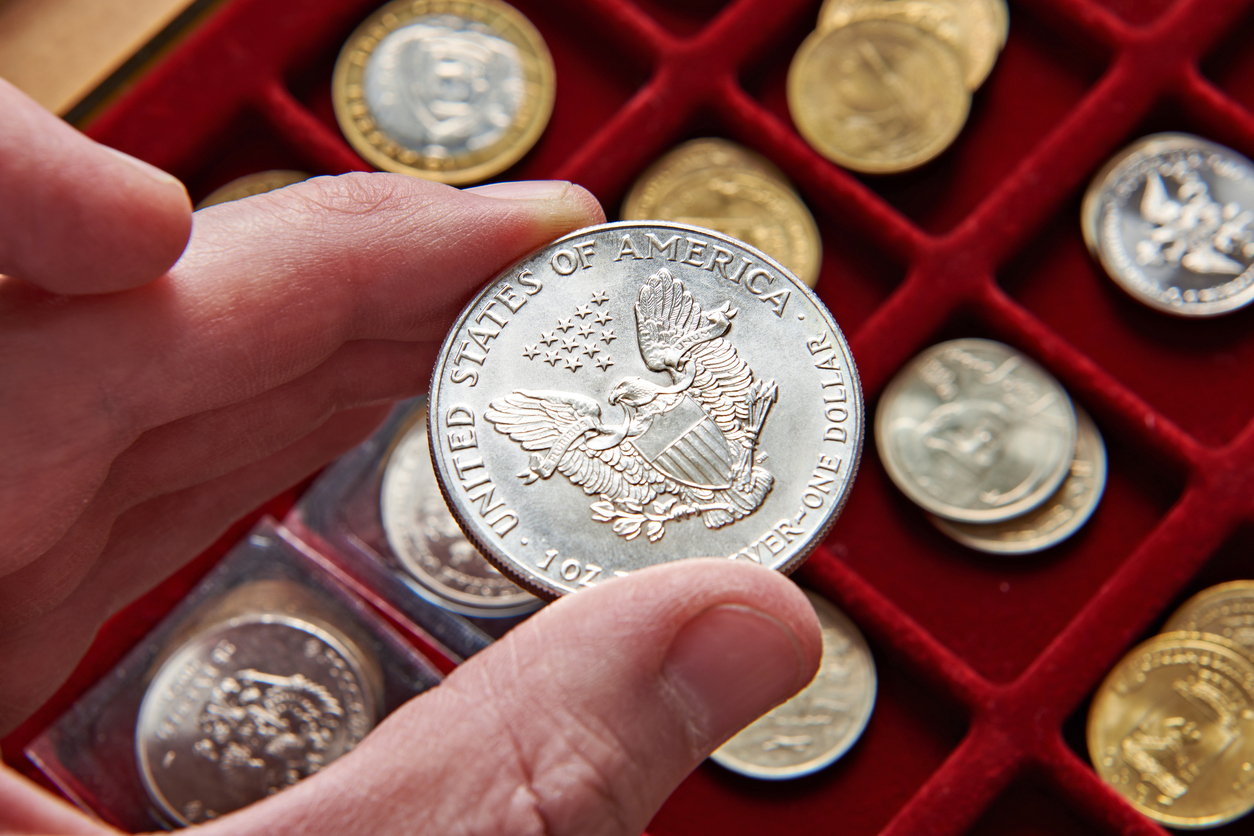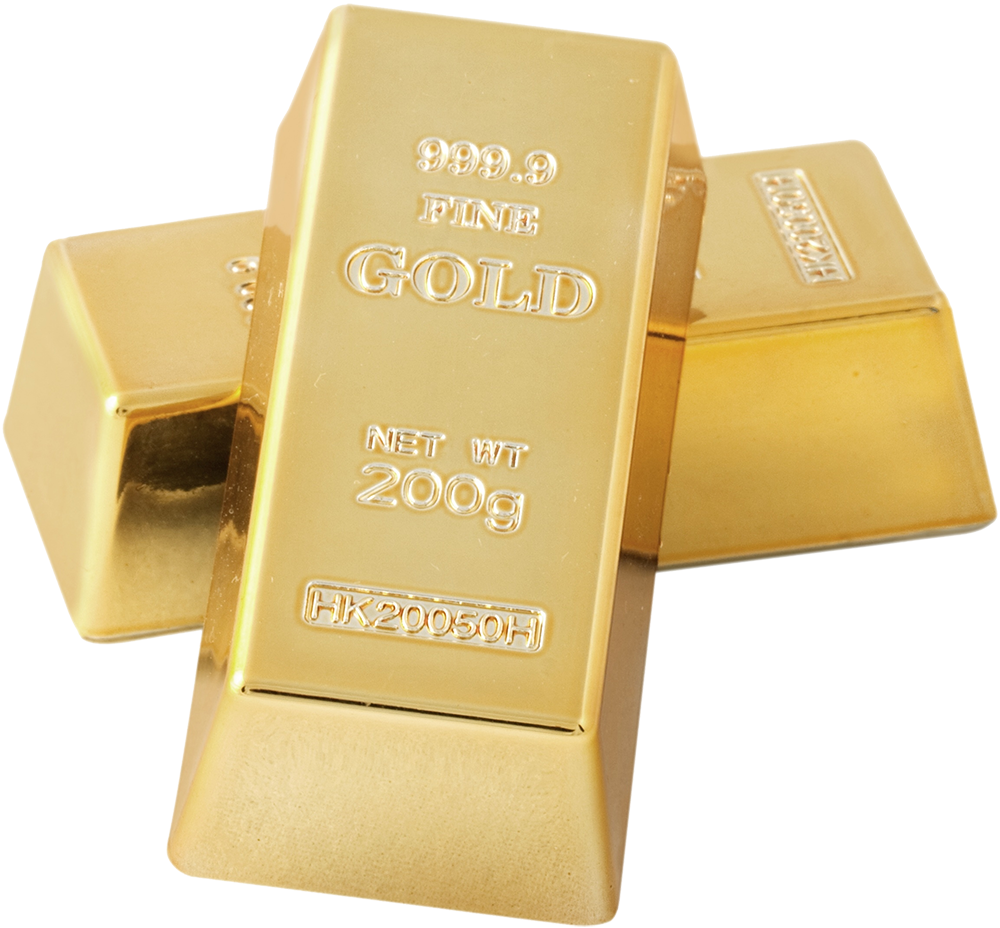 You recently inherited a coin collection or have been collecting silver coins for some time. You have decided to liquidate all or part of the collection, but you are not sure where to go to get the best return. There are several options to consider when selling silver coins: how much you receive in return can vary significantly.
You recently inherited a coin collection or have been collecting silver coins for some time. You have decided to liquidate all or part of the collection, but you are not sure where to go to get the best return. There are several options to consider when selling silver coins: how much you receive in return can vary significantly.
Before you sell your silver coin collection, you should try to get a clear understanding of its present value.
Silver Market
As a rare metal, the market value of silver fluctuates daily and generally relates to other economic conditions. Silver prices are tracked along with other commodities at the Chicago Mercantile Exchange or CME. Traditionally, the values of silver and gold have moved inversely to other investments and overall consumer confidence.
During a downward spiral in securities, for example, silver has long been deemed a “flight to safety” investment.
Following the economic crisis and the resulting 50% Dow Jones stock market drop in late 2008, the price of silver rose from about $9.00 to over $45.00 per ounce through April 2011. After reaching that peak and the world economies showed signs of a recovery, silver prices receded rapidly during the next two years and have been fluctuating between $15 and $20 per ounce until 2020.
However, depending on the age, condition, and unique markings, your coins may have a higher value than only the commodity price of silver.
Valuing U.S. Silver Coins
Almost all silver coins were removed from circulation in the United States in 1965. The exception was the 40% silver half-dollar that remained in public use until 1970. Foresighted collectors chose to hold onto many silver coins anticipating the possibility that the coins would increase in value.
The rarest coins carry a numismatic value, which may reach well beyond the base value of the precious metal.
Selling Your Silver Coins
Your first step in liquidating your collection will be to identify and separate the less collectible coins from the others and sell them separately. Silver coins that are in heavily worn condition with no historical significance, age, or markings are generally called by the misnomer “junk silver.” Based on their Actual Silver Weight (ASW) and the current silver market value, even when you sell silver coins in this category you may generate a handsome return.
Collectors’ Value
In most instances, the older the coin, the higher the return you may expect, depending on its condition and rarity.
For example, according to many coin studies, silver coins minted before 1916 that are in top condition will outpace their silver value substantially. Some coins, like the pre-1930 Standing Liberty Quarter, are also in favor among experienced collectors.
The key is to recognize your coins’ dates, mint-marks, and conditions. Of coins minted up to 1940, you may find some that are considered rare and many that are quite common. Before you sell silver coins, be sure to take the time to check the potential value of each one.
Searching for a Buyer
Once you have divided your coins into “junk silver” and those that carry a numismatic premium, you should look for the best buyer option for each group.
For coins that can be classified as “junk silver” or worth only their silver weight value, consider going to a coin dealer who specializes in bullion coins. While the market value for the silver is roughly the same everywhere at any given time, these buyers make their profit by buying everything they can, and then sell silver when the market is right. Expect to be paid less than the silver market price for that day, but you may still get lucky selling during a rising market.
Doylestown Gold Exchange is a family owned and operated business that is here to help you receive cash for gold when you recycle your unwanted or damaged jewelry, old coins, diamonds, and other precious metals for on-the-spot money.

